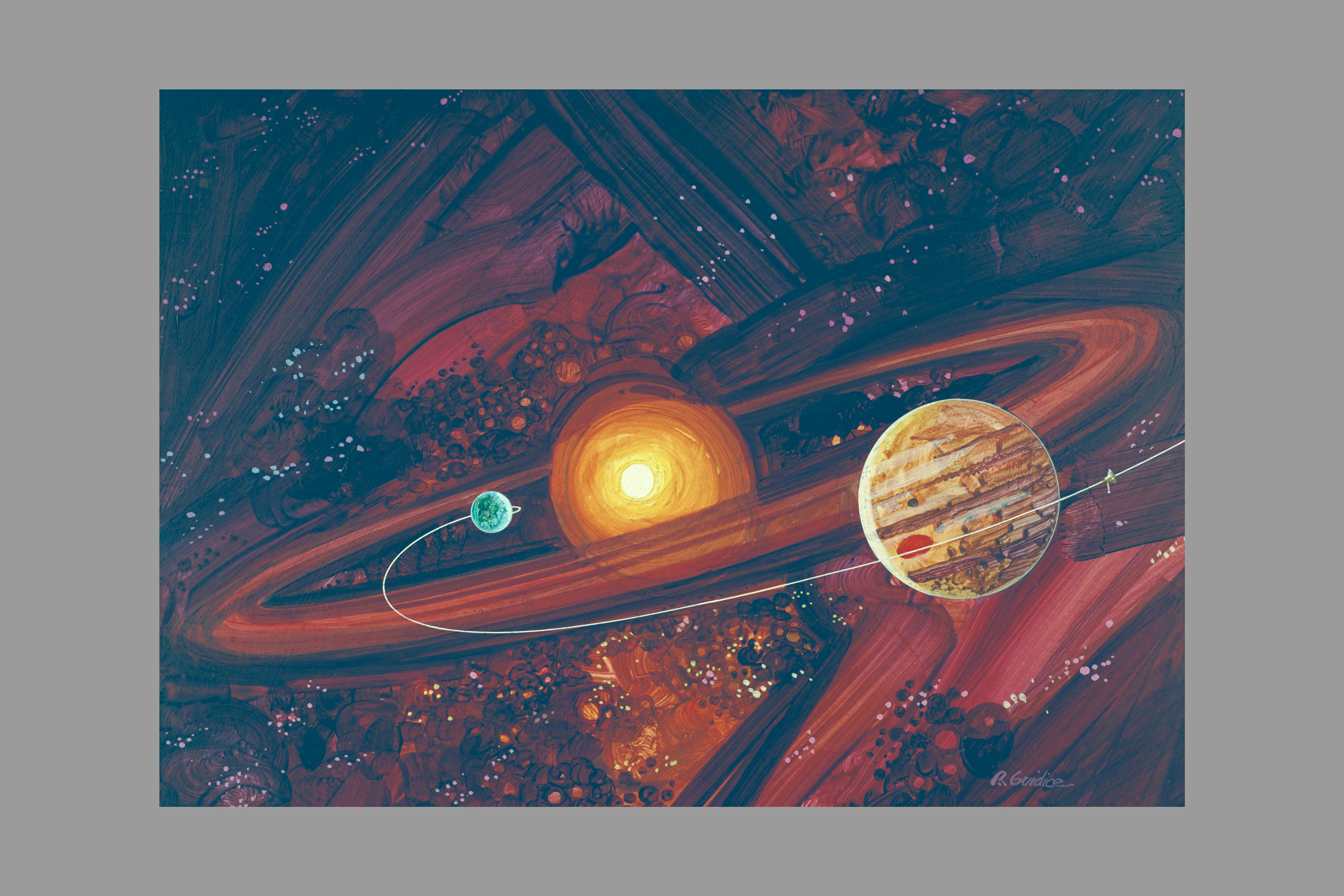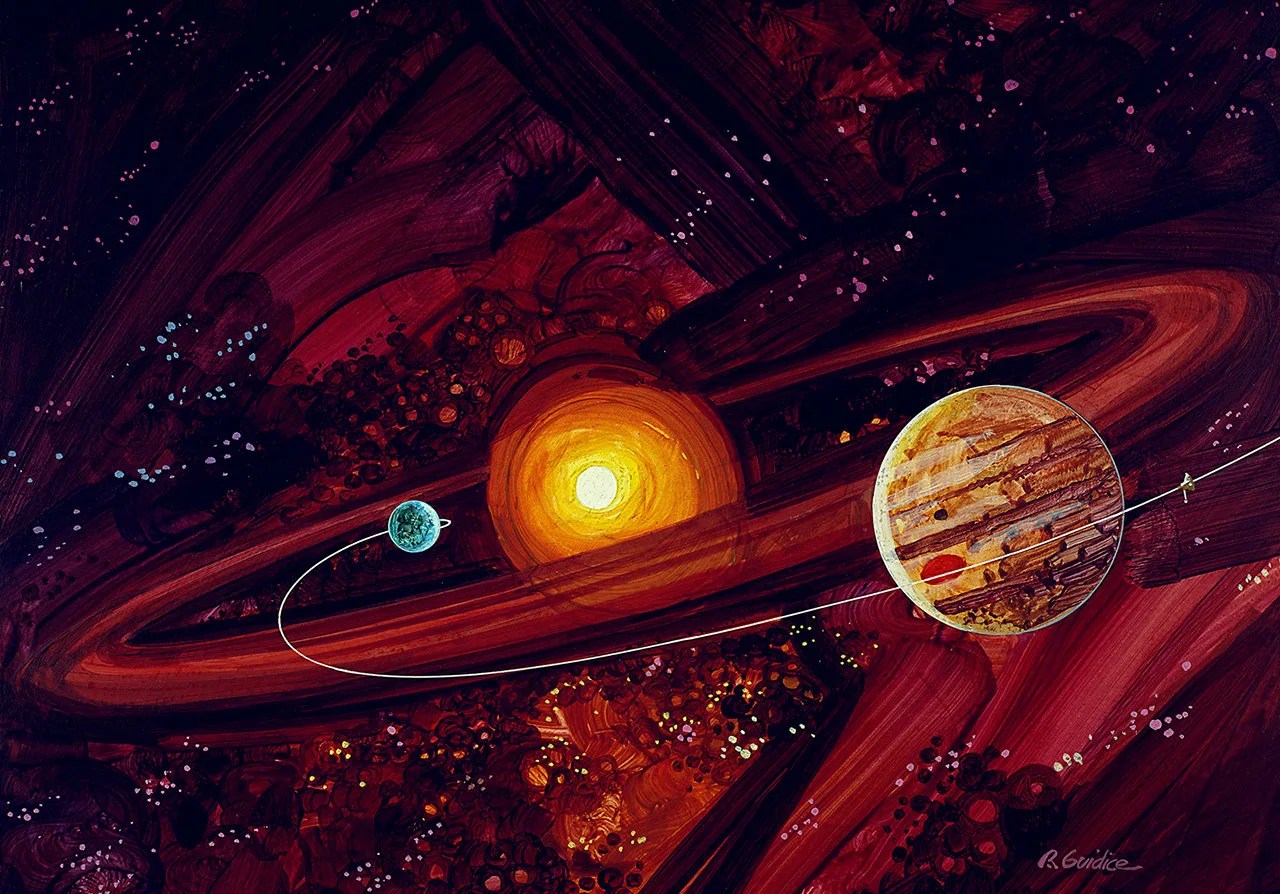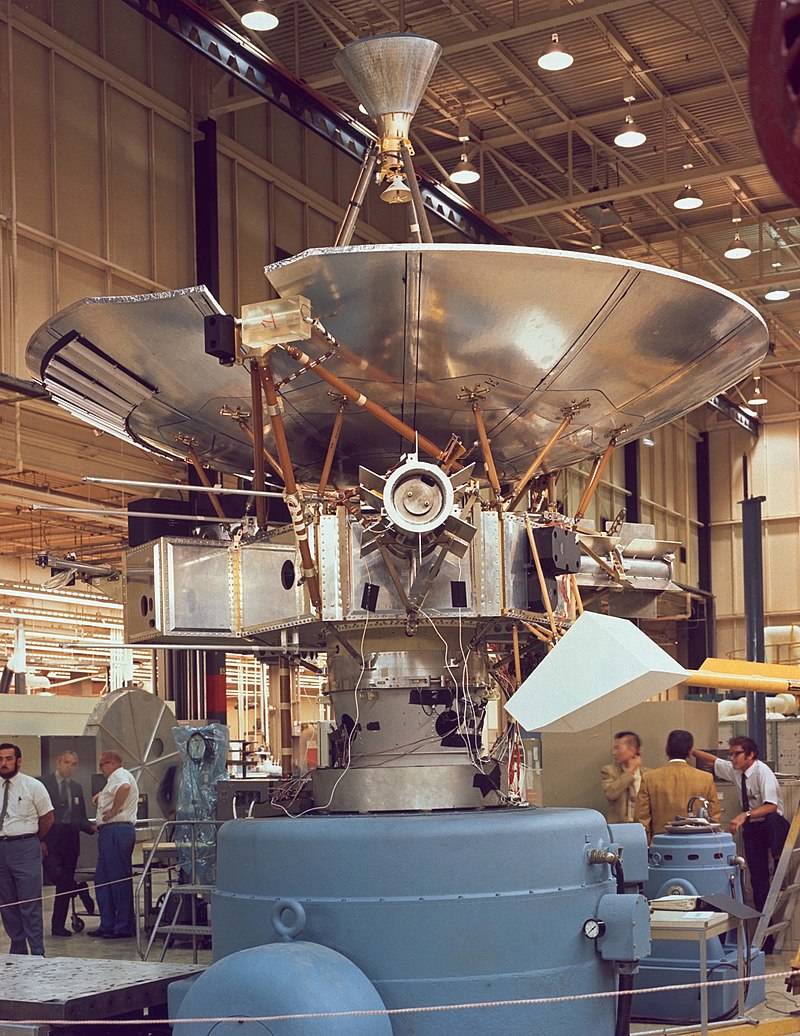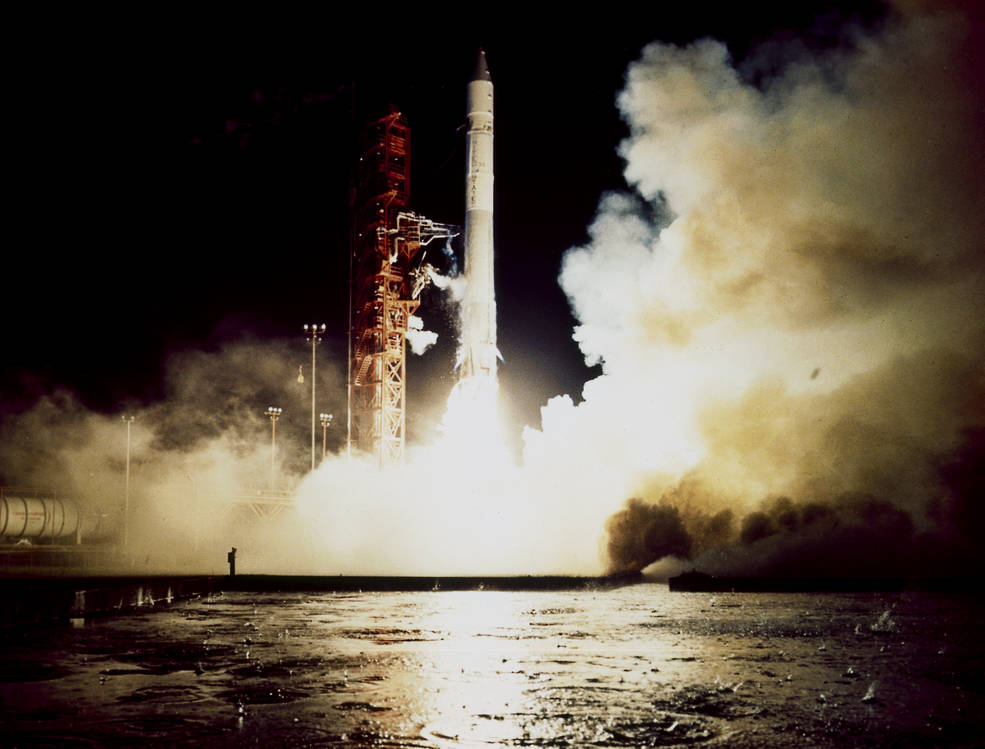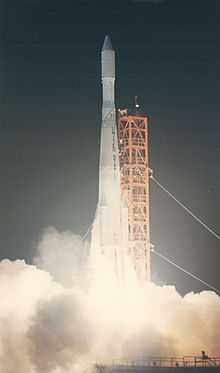Able 1 (Pioneer 0)
Able 1 (Pioneer 0)
Type
Launch
Target
Objective
Able 1, later called Pioneer 0, was the first-ever launch to the Moon – and humanity’s first attempt to send a spacecraft anywhere beyond Earth orbit. The plan was to orbit the Moon, but a malfunction doomed the spacecraft.
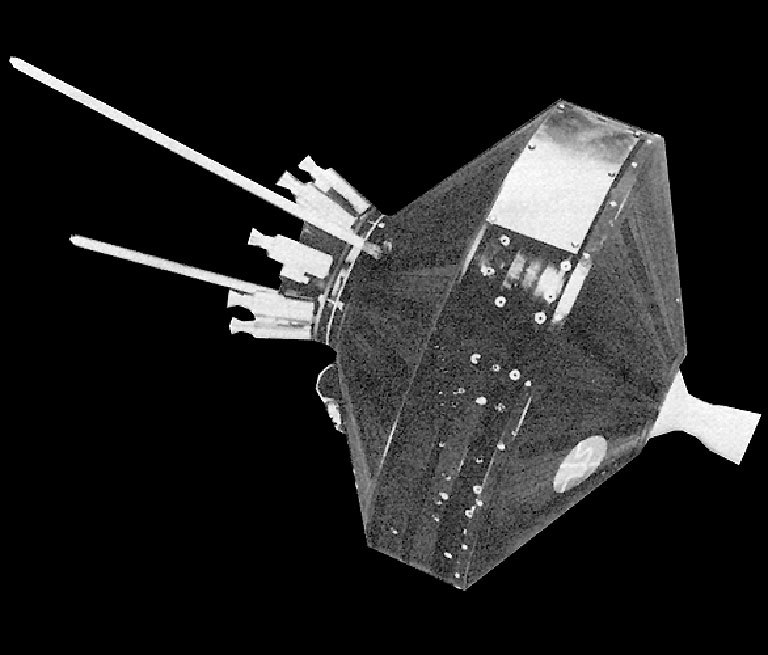
What was Able 1 (Pioneer 0)?
Able 1, later called Pioneer 0, was the first-ever launch to the Moon — and humanity’s first attempt to send a spacecraft anywhere beyond Earth orbit. The plan was to orbit the Moon, but a malfunction doomed the spacecraft. The mission predated NASA by a few months and was launched by the U.S. Air Force.
- The mission launched about six and half months after Explorer 1, America’s first satellite.
- The spacecraft's booster rocket exploded 73.6 seconds after launch.
- The mission later became known as Pioneer 0, the start of the historic series of Pioneer missions that included Pioneer 10 and Pioneer 11.
Nation | United States of America (USA) |
Objective(s) | Lunar Orbit |
Spacecraft | Able 1 |
Spacecraft Mass | 84 pounds (38 kilograms) |
Mission Design and Management | Advanced Research Projects Agency and U.S. Air Force Ballistic Missile Division |
Launch Date and Time | Aug. 17, 1958 / 12:18 UT |
Launch Site | Cape Canaveral Air Force Station, Fla. / Launch Complex 17A |
Scientific Instruments | 1. Magnetometer 2. Micrometeoroid Detector 3. Two Temperature Sensors 4. TV Camera |
Firsts
- First attempt by any nation to launch a probe into deep space.
- First attempt by any nation to send a spacecraft to the Moon.
Key Dates
Aug. 17, 1958: Launch
Aug. 17, 1958: End of mission
In Depth: Able 1 (Pioneer 0)
On March 27, 1958, the U.S. Department of Defense announced the launch of four to five lunar probes later in the year, all under the supervision of the Advanced Research Projects Agency (ARPA) as part of scientific investigations during the International Geophysical Year.
Of these, one or two (later confirmed as two) would be carried out by the Army’s Ballistic Missile Agency and the other three by the Air Force’s Ballistic Missile Division. This launch was the first of three Air Force attempts, and the first attempted deep space launch by any country.
The Able 1 spacecraft, a squat conical fiberglass structure built by Space Technology Laboratories (STL), carried a crude infrared TV scanner. The simple thermal radiation device carried a small parabolic mirror for focusing reflected light from the lunar surface onto a cell that would transmit voltage proportional to the light it received. Engineers painted a pattern of dark and light stripes on the spacecraft’s outer surface to regulate internal temperature. The spacecraft was also disinfected with ultraviolet light prior to launch.
The launch vehicle was a three-stage variant of the Thor intermediate-range ballistic missile (IRBM) with elements appropriated from the Vanguard rocket used on its second and third stages.
The entire project involved 3,000 people from 52 scientific and industrial firms, all but six of which firms were located in Southern California.
According to the ideal mission profile, Able 1 was designed to reach the Moon’s vicinity 2.6 days after launch following which the TX-8-6 solid-propellant motor would fire to insert the payload into orbit around the Moon. Orbital altitude would have been 18,000 miles (29,000 kilometers) with an optimal lifetime of about two weeks.
The actual mission, however, lasted only 73.6 seconds, the Thor first stage having exploded at an altitude of about 9 miles (15 kilometers) altitude. Telemetry was received from the payload for at least 123 seconds after the explosion, probably until impact in the Atlantic. Investigators concluded that the accident had been caused by a turbopump gearbox failure.
The mission was not named at the time but has been retroactively known as Pioneer 0.
Key Source
- Siddiqi, Asif A. Beyond Earth: A Chronicle of Deep Space Exploration, 1958-2016. NASA History Program Office, 2018.

